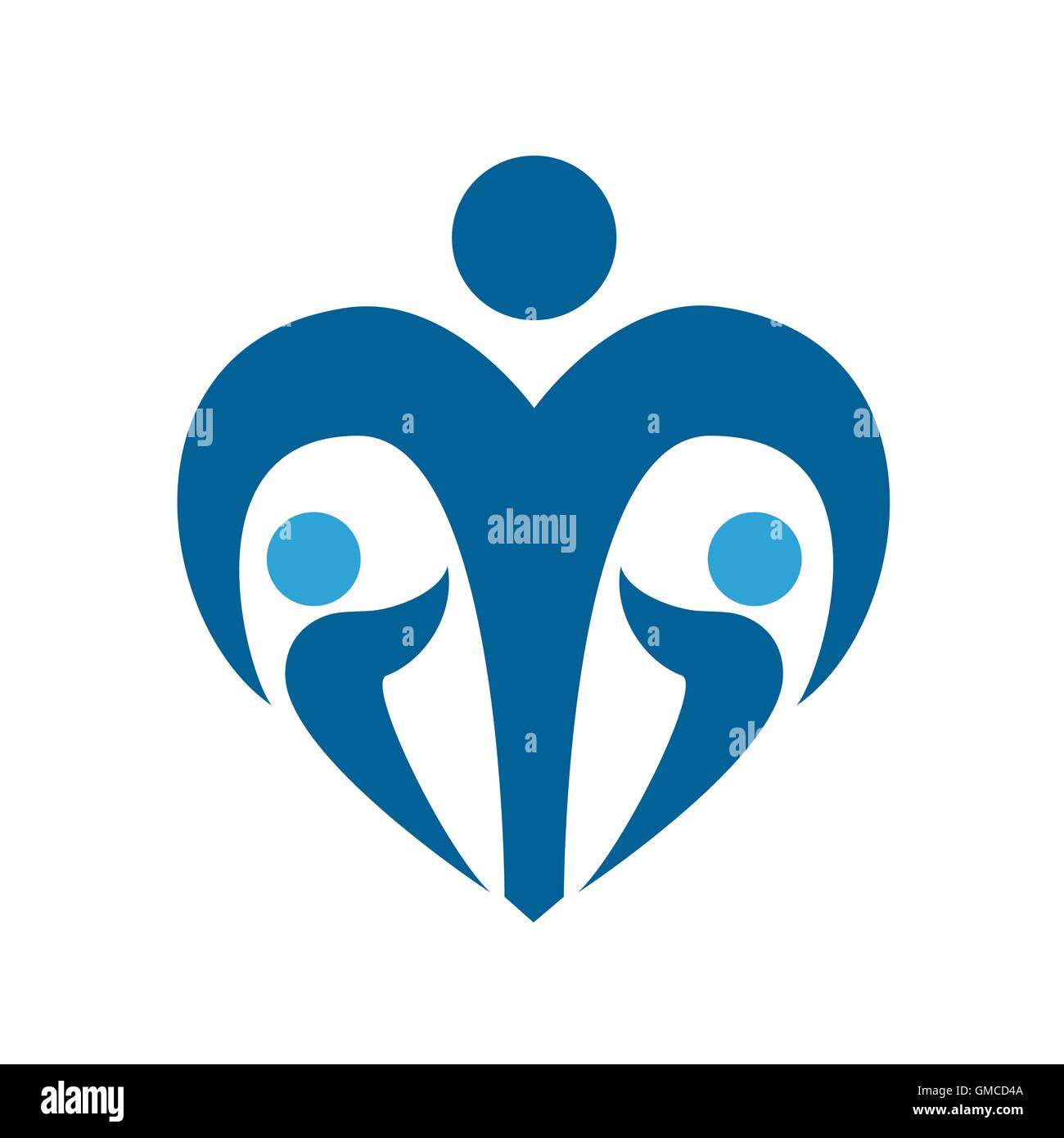

The trade-off is that too many ideas dilute focus and resources. That’s why innovators often build a portfolio of options. Uncertainty is unavoidable in innovation. This can be difficult to manage, however, if conversations among people with opposing views deteriorate into divisive debates. Market research can help companies understand those criteria, but the hurdle here is that it’s hard for customers to know they want something that doesn’t yet exist.įinally, bringing diverse voices into the process is also known to improve solutions. It’s also widely accepted that solutions are much better when they incorporate user-driven criteria. The risk is that some teams may get indefinitely hung up exploring a problem, while action-oriented managers may be too impatient to take the time to figure out what question they should be asking. Asking a more interesting question can help teams discover more-original ideas. Superior solutions.ĭefining problems in obvious, conventional ways, not surprisingly, often leads to obvious, conventional solutions. But when trying to apply them, organizations frequently encounter new obstacles and trade-offs. Over the years businesspeople have developed useful tactics for achieving those outcomes. To be successful, an innovation process must deliver three things: superior solutions, lower risks and costs of change, and employee buy-in. Let’s begin by looking at what organizations need from innovation-and at why their efforts to obtain it often fall short.
#ADULT FAMILY HOME BUSINESS CARD LOGOS FREE#
In this article I’ll explore a variety of human tendencies that get in the way of innovation and describe how design thinking’s tools and clear process steps help teams break free of them. But what people may not understand is the subtler way that design thinking gets around the human biases (for example, rootedness in the status quo) or attachments to specific behavioral norms (“That’s how we do things here”) that time and again block the exercise of imagination. By now most executives have at least heard about design thinking’s tools-ethnographic research, an emphasis on reframing problems and experimentation, the use of diverse teams, and so on-if not tried them.
#ADULT FAMILY HOME BUSINESS CARD LOGOS FULL#
In a recent seven-year study in which I looked in depth at 50 projects from a range of sectors, including business, health care, and social services, I have seen that another social technology, design thinking, has the potential to do for innovation exactly what TQM did for manufacturing: unleash people’s full creative energies, win their commitment, and radically improve processes. That blend of tools and insight, applied to a work process, can be thought of as a social technology.

Total quality management did that in manufacturing in the 1980s by combining a set of tools-kanban cards, quality circles, and so on-with the insight that people on the shop floor could do much higher level work than they usually were asked to. Occasionally, a new way of organizing work leads to extraordinary improvements. Because it combines practical tools and human insight, design thinking is a social technology-one that the author predicts will have an impact as large as an earlier social technology, total quality management. And experiments with new solutions reduce all stakeholders’ fear of change.Īt every phase-customer discovery, idea generation, and testing-a clear structure makes people more comfortable trying new things, and processes increase collaboration. Carefully planned dialogues help teams build on their diverse ideas, not just negotiate compromises when differences arise. For example, immersive customer research helps them set aside their own views and recognize needs customers haven’t expressed. Though ostensibly geared to understanding and molding the experiences of customers, design thinking also profoundly reshapes the experiences of the innovators themselves. In this article a Darden professor explains how design thinking helps people overcome this problem and unleash their creativity. Why? Because people’s biases and entrenched behaviors get in the way. While we know a lot about practices that stimulate new ideas, innovation teams often struggle to apply them.


 0 kommentar(er)
0 kommentar(er)
